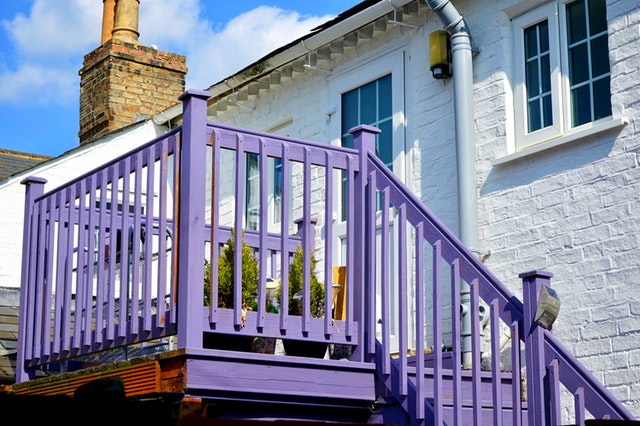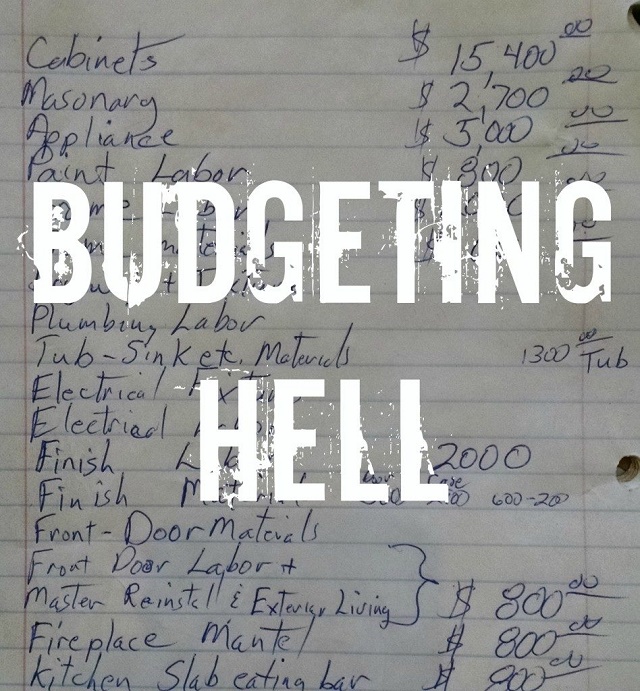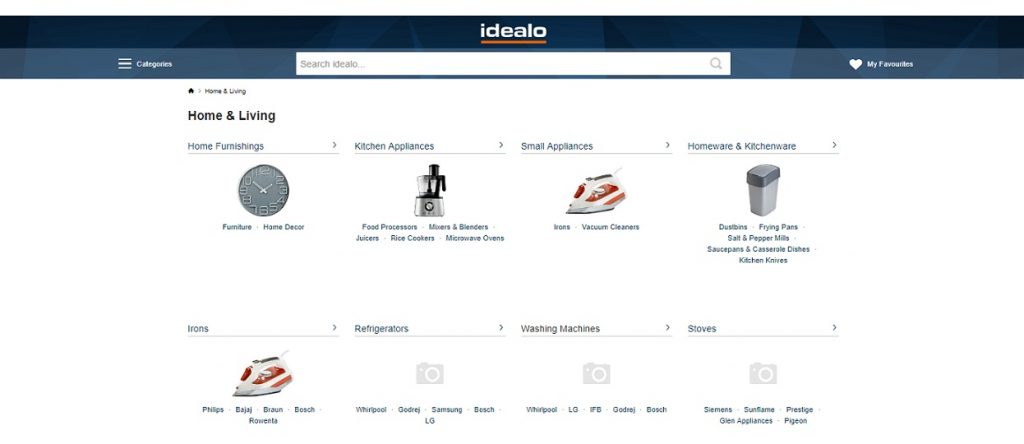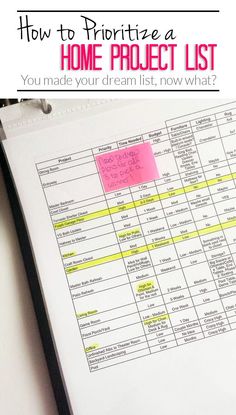If you are planning to remodel your home, you’re sure to have a million things to worry about. From choosing the new design to procuring the material and finding the contractors, your brain is in overdrive right now. However, the one thing that’s dwarfing all your other worries is undoubtedly your budget. And right you are, for home improvement costs can run really high. Small expenses snowball into a bill so high, you can end up burning a hole in your wallet.
With a little forethought and planning, though, you can avoid such a situation. An organized approach and careful decision making can keep your home improvement costs within budget and still enable you to do everything you want to make your home more beautiful, functional and valuable.

Here are our top tips for keeping costs low without compromising on quality or aesthetic value when remodeling your home.
1. Plan Macro Details before You Begin
Home improvement is a compound process involving multiple variables. Moreover, you discover the complex factors involved as you go further along in the process. Should you choose steel or brass for the new drawer pulls? That’s a question you’ll want to answer when you get to it. For the bigger decisions, however, it is a good idea to start with a concrete plan and, at least, a cursory budget in mind.
Before you begin, grab a piece of paper and make a rough note of the home’s elements you intend to improve or change. Items on the list can be as simple as “change the cabinets, get a new countertop, strip the fencing and put in a new one, paint the walls, add a closet.” Once this is done, you will know exactly what needs to be done and who you need to get in touch with for each task.

Preparing such a list will also give you a gross estimate of the amount you will be spending. While far from accurate, this estimate will help you gain a basic understanding of how much budget allocation each task will need.
2. Shop to Find the Best Deals on Material
Relying on the contractor to buy material may be the biggest mistake homeowners make. Contractors will buy from the places they know, often at premium prices. Instead, if you take the trouble of scouring around and comparing prices from different vendors, you can save a significant amount of money.
For instance, you may love the regal look of solid wood for cabinets, but furniture-grade plywood can be bought for a much lower price and can be perfectly ideal for cabinets and drawers, without compromising quality. The same applies to all furnishings and fixtures you want to buy. If you visit enough stores, compare products and prices, and drive a hard bargain, you can save hundreds of dollars.

A good strategy will be to elude the charm of famous brand names and instead buy from your local suppliers when it comes to raw materials. These can be bought at a fraction of the cost and save you big bucks. Most local suppliers offer the same warranty as popular brands do and are as good in quality, if not better.
3. Avoid Changing Things Like Plumbing and Wiring
You may be very interested in completely renovating the kitchen and achieving a spectacular transformation, but avoid moving the sink as far as possible. Reworking deep-set features like plumbing, gas pipes, wiring, and a foundation is an intense and expensive undertaking. Unless you really need to, it is best to avoid making such changes as they will drive up the remodeling costs. Remember, you can make your home brighter, beautiful and more functional without pulling out semi-permanent fixtures.
4. Avoid Remodelling in Peak Seasons
During certain times of the year, contractors tend to be overbooked, suppliers are busy and every service, in general, is more expensive. The peak of summer, ‘back-to-school’ time in September and of course, the holiday season around Christmas are all peak times when contractors charge way higher than normal. It is best to avoid undertaking a major remodeling during these times.
If you plan ahead, you can get contractors to remodel your house in low-volume months when they are essentially idle and looking for work. Not only will they charge a little lesser at these times, but will also do a better job as there is no rush. Quality work and savings – now that’s a good deal!

5. Consider Long-Term ROI
While you are on a mission to save every penny you can, remember that home improvement is not just a cost, but also an investment. In addition to making a more aesthetic, functional and enjoyable house for you and your family, well-planned home improvements also add to the resale value of your house. This is why it is a good idea to splurge in places that will add to your home’s value in the long term.
Modernize your kitchen with trendy cabinets, creative shelves, and quality walls and flooring. Pay special attention to mitigating problems like mold and mildew, seepage, leaky pipes and faulty plumbing. Add features that increase the curb appeal. Use paint to refresh the look of the house. Buy quality wood and stone. While these things may seem like an expense at first, they will fetch you a higher price if you ever decide to sell the house. So invest in quality, long-lasting raw material that may cost a bit upfront, but will prove lucrative in the long term.
6. Prioritize

If you feel that the expenses are overshooting the set limits, maybe it’s time to prioritize your tasks. You can add the bathtub later, but if there’s mildew in the bathroom, that will need fixing first. Attend to the pressing tasks at the earliest. Take up those that add value next. Improvements that were planned just for aesthetic pleasure can take the backseat for a short while until you can save a little more.
Conclusion
So these are six handy tips that will help you plan your home remodeling project on a budget and enable you to stick to that plan. The final aim of every remodeling should be to add value to your home for the time you spend in it and for the time you decide to sell it.



